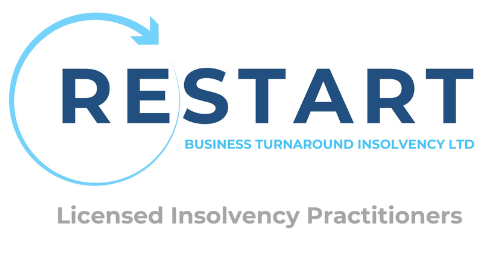
What are the Consequences of Liquidating a Company?
Liquidating a company can take a number of different forms, and the result of the process will depend on what position the company was in when the process was initiated. For example, the two main types of liquidation are solvent and insolvent liquidation. Solvent company liquidation is the closure of a financially stable company that can pay off all its debts when a director wants to retire or step down and do something new. An insolvent company liquidation occurs when a company is unable to continue operating due to financial pressure. But what are the consequences of the liquidation process?
During the liquidation of a limited company, all trading ceases immediately and a liquidator is employed to realise all of the company assets. These assets are then realised to repay creditors, which is followed by the closing of the business and employee redundancies. Once the liquidation process has been concluded, the name of the company is removed from the register at Companies House, and the company ceases to exist. This means that all company debt, along with any outstanding legal action against the company, is also cleared.
Keep reading to find out more about the process of liquidation and what the possible outcomes are.
What Happens During Liquidation
The main consequences of a company entering the process of liquidation are that all trading ceases immediately, the company is closed with the director losing power, employees are made redundant and creditors are repaid in priority order by the liquidator selling company assets. A liquidator is also in charge of finalising any outstanding contracts, interviewing directors to aid with their investigation, and relaying any relevant information to the creditors. The liquidation will also be published in the Gazette, and the status of the company will be changed to ‘Liquidation’ in Companies House.
Solvent Liquidation
Solvent company liquidation, also known as a Members’ Voluntary Liquidation (MVL), occurs when the directors of a company decide collectively that the business is no longer serving a useful purpose, or when a director retires. When liquidating a solvent company, the input of a licensed insolvency practitioner will be required. A declaration of solvency must also be signed by company directors, and once a resolution has been passed by shareholders to wind-up the company, the update is published in the Gazette. The assets of the solvent company are distributed amongst creditors and shareholders, however creditors are repaid in full.
Insolvent Liquidation
Insolvent company liquidation can either take the form of a Creditors’ Voluntary Liquidation (CVL), or Compulsory Liquidation. In both cases, these processes are started due to financial difficulties that a company may be experiencing. When creditors threaten to take legal action against a company and its director, it is in the best interest of all stakeholders to liquidate the company, as insolvent company liquidation ensures the maximum return for the creditors. An insolvent company is liquidated in a similar way to a solvent company, however for a compulsory liquidation, the process is initiated by a creditor.
What Happens After Liquidation?
Three months after the process of liquidation has been completed, the company name is struck from the Companies House record. This is known as the dissolution of the company, and henceforth the company ceases to exist. This also means that any company debts are cleared and any legal proceedings against the company come to an end, which may come as a relief to some directors. However, directors are also investigated as to their conduct in the period preceding the insolvency, and any instances of misfeasance may result in far-reaching consequences.
Are Directors Liable for Debts on Liquidating a Company?
There are a number of circumstances under which directors may become personally liable for the debts accrued by a company when that company is liquidated. For example, a signed personal guarantee will result in a director taking on remaining company debt following liquidation. Other possible scenarios include any overdrawn directors’ loan accounts, misuse of Bounce Back Loans, or any instances of wrongful trading.
Receive Expert Liquidation Advice
If you are concerned about what the consequences of liquidating your company might be, speak to our expert advisers today to receive confidential help. We offer a range of services for company liquidation, and will guide you through the process.

Established in 2018, the directors at Restart BTi have over 50 years of experience to assist companies, business owners and individuals with expert advice and tailored solutions when facing financial difficulties.
